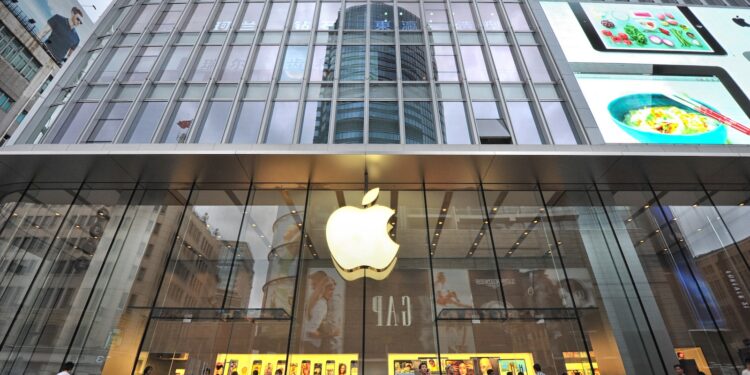Apple can finally breathe a sigh of relief in China. After several quarters of declining sales, iPhone sales grew again in the second quarter of 2025 for the first time in two years. This development is not a coincidence, but the result of price reductions, subsidies, and targeted marketing.
If you're wondering how important China is to Apple, the market accounts for around 20 percent of global iPhone sales. China is considered a key strategic market – not only because of its size, but also because of the increasingly fierce competition from domestic brands like Huawei, Xiaomi, and Vivo. The fact that iPhone sales are picking up again here is more than just good news for Apple. It's a potential turning point – even if it remains to be seen whether the upswing will be sustainable.
iPhone sales increase by 8 percent
According to the latest data from Counterpoint Research, iPhone sales in mainland China increased 8 percent year-on-year between April 1 and June 22, 2025. This is the first quarterly increase since the second quarter of 2023. This increase comes after a long dry spell: From the third quarter of 2022 to the first quarter of 2025, Apple experienced declines in revenue and shipments in China in almost every quarter except one.
Price promotions and subsidies as drivers
A key reason for the current growth was a series of aggressive price promotions in May, just before the so-called 618 Shopping Festival, a major mid-year online sales event. Chinese platforms such as JD.com and Tmall offered significant discounts on the iPhone 16 series—in some cases as much as 2,530 yuan, or approximately $351. Apple itself increased the trade-in value for older iPhones to encourage users to upgrade. In addition, buyers of select models under 6,000 yuan benefited from a government subsidy of up to 500 yuan. Certain Mac models were also subsidized—with discounts of up to 2,000 yuan.
Competition remains strong
Despite its small comeback, Apple continues to face stiff competition in China. Huawei currently leads the market with 12 percent year-on-year growth. Vivo follows, albeit with a 9 percent decline. Apple ranks third in total smartphone shipments. Xiaomi and Oppo also remain strong players. Both manufacturers serve price-sensitive customer groups with devices that are comparable to the iPhone in terms of performance – but cost significantly less. Additional hurdles for Apple in China are political and regulatory restrictions. In recent years, there have been bans on the use of iPhones in government workplaces, among other things. Ongoing trade tensions between China and the US have also slowed sales.
No guarantee for sustainable growth
Analysts at Counterpoint point out that the positive second-quarter results don't necessarily indicate a long-term trend. Government subsidies, which enabled part of the upswing, could be reduced or eliminated entirely in the second half of 2025. This would cool the market again – and put Apple under renewed pressure. How the situation actually develops will become clear by the end of July at the latest. On July 31, Apple will release its quarterly figures for the period April to June. Then, a more complete picture of business performance will be available – not just in China, but worldwide.
Apple's recovery in China remains fragile
Apple has managed to increase iPhone sales in China for the first time in two years – through targeted price promotions and government support. The 8 percent increase is a ray of hope in a difficult environment. Whether this success is sustainable depends on several factors: the future behavior of the Chinese government, price pressure from competitors, and the willingness of customers to stick with Apple. The iPhone remains in demand – but the margin for error in the Chinese market is smaller than ever. (Image: Shutterstock / Hung Chung Chih)
- Report: Apple wanted to build its own AWS competitor
- iOS 26: FaceTime detects nudity and stops conversations





